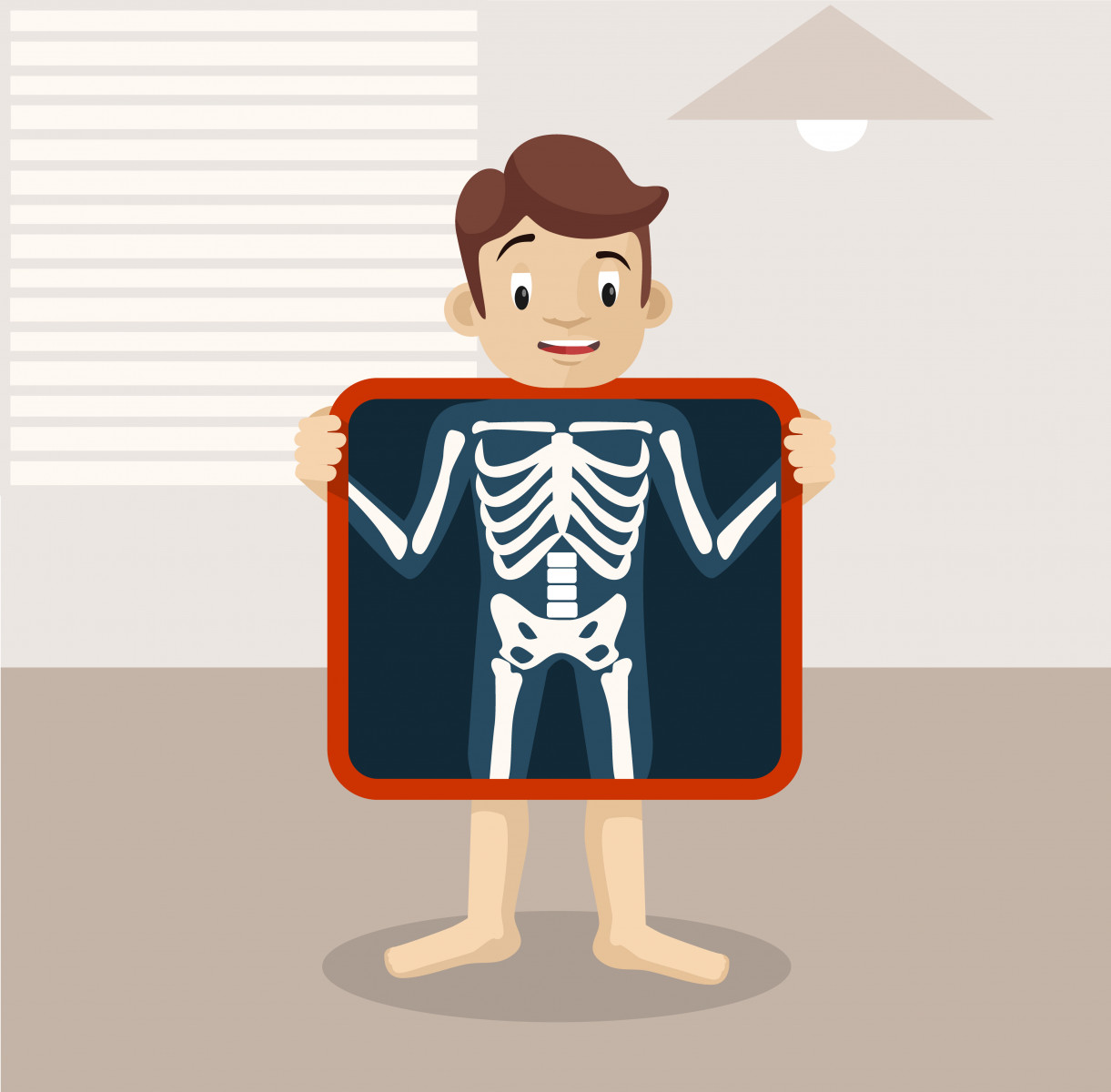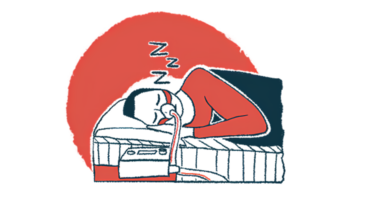Lean Muscle Mass Factors Strongly in Bone Health, Study Using Prader Willi Patients as Model Finds

Pretty Vectors/Shutterstock
Lean muscle mass is a strong predictor of bone mineral density, or bone health, research that used Prader-Willi syndrome (PWS) as a genetic model to determine which factors influence such density reports. In fact, lean mass was found to be a more important factor than overall weight, age or sex.
The study “Relative Contributions of Lean and Fat Mass to Bone Mineral Density: Insight From Prader-Willi Syndrome,” was published in the Frontiers in Endocrinology.
Bone mineral density (BMD) governs bone porosity, and low BMD makes an individual prone to frequent fractures. Body composition (muscle and fat) is vital in determining BMD. The relationship between bone, muscle, and fat, however, is complex.
Some scientists believe that lean mass or muscle — total body weight minus body fat weight — is a strong determinant of bone mineral density, while others have shown that fat mass (body fat weight) influences BMD. Because both lean and fat mass are closely related, it is difficult to figure out which has more influence on BMD, the researchers wrote.
An increase in fat tissue, low muscle mass, and skeletal disorders with a high fracture rate are characteristic of PWS, making it an ideal human model for testing the association between lean mass, fat mass, and BMD.
Researchers in Australia analyzed the impact of lean and fat mass on bone mineral density in PWS patients, and compared the data with a control group of lean and obese patients with no history of PWS.
Eleven adults (mean age of 27.6) being treated at the Prader-Willi Syndrome Clinic at the Royal Prince Alfred Hospital in Camperdown were recruited. As a control group, the team also enrolled 10 lean and 12 obese people from the general population, with a mean age of 28.8 and 31.9, respectively.
Researchers measured the height and weight of all participants, and calculated their body mass index (BMI, the ratio of weight to height). The mean BMI score was significantly greater in the obese group (34.2 kg/m2) and PWS group (37.4 kg/m2), compared to the lean group (21.4 kg/m2).
Participants were scanned using dual-energy X-ray absorptiometry, an advanced technique to determine bone density by taking a whole-body scan. Body fat percentage (body fat weight relative to the whole body weight), lean mass, fat mass, and BMD measures were derived from these whole-body scans.
Results showed that fat mass in PWS patients (43.3 kg) and obese participants (40.5 kg) did not differ significantly, but was higher than in the lean group (14.8 kg).
Lean mass also did not differ significantly between the lean group (44.4 kg) and PWS patients (43.4 kg), but a statistical difference was noted when compared to those in the obese group (52.9 kg).
“PWS have a similar LM [lean mass] to lean controls, but together with a similar FM [fat mass] to obese controls,” the researchers wrote, meaning this study group is well-suited to understanding the relationship between body composition and BMD.
A specific statistical analysis was then applied to understand the association between BMD and its several perceived predictors, including age, gender, lean mass, fat mass, height, obesity, and PWS.
Lean mass was found to be the only determinant that served as a small but significant predictor of bone mineral density, the researchers found.
“Utilizing the unique human genetic model PWS in which fat mass and lean mass are not positively correlated, we found that, of the two, lean mass was more strongly associated with BMD,” the researchers concluded, suggesting that “therapies designed to target either bone or muscle tissue may have pleiotropic [more than one] beneficial effects” for these patients.






